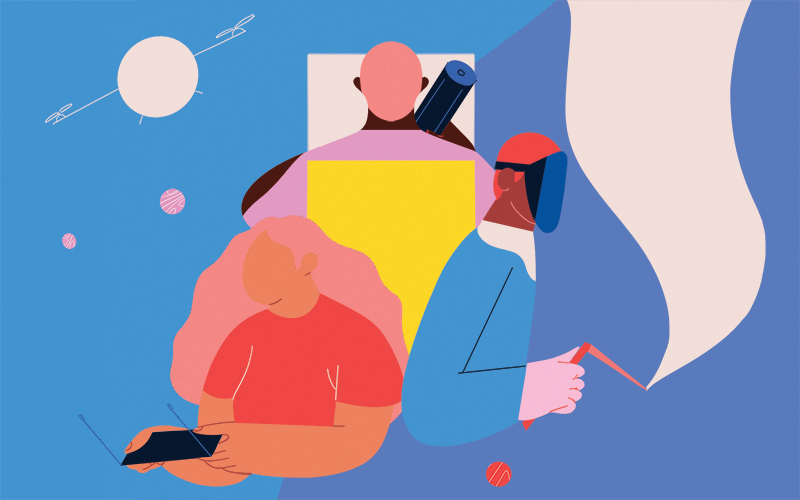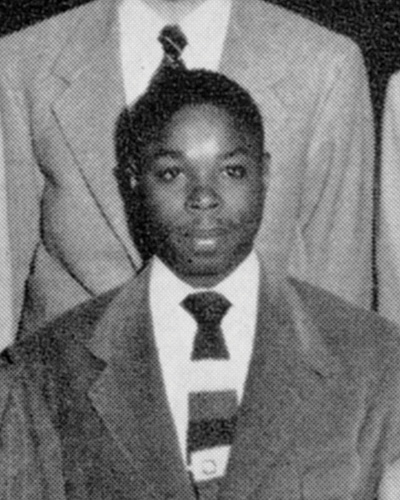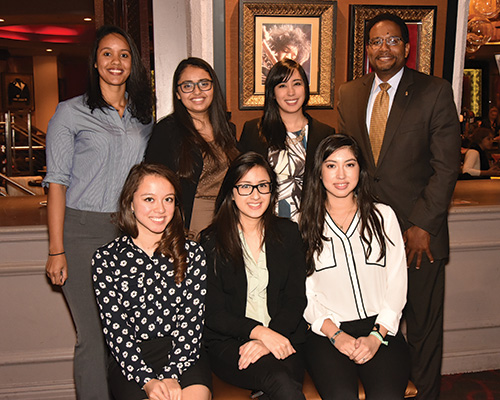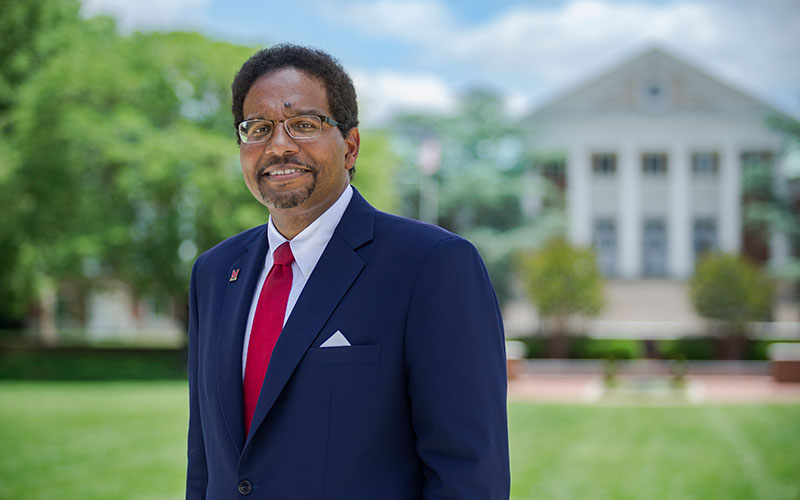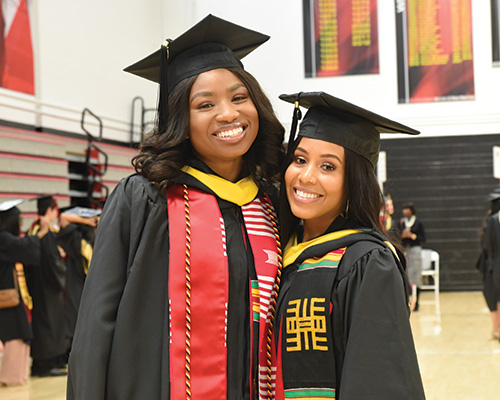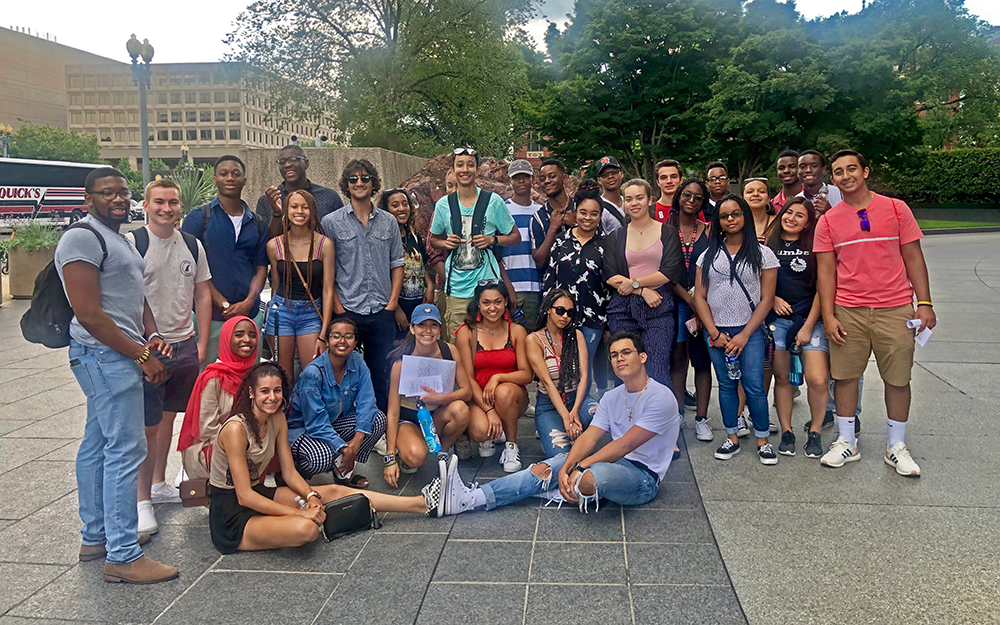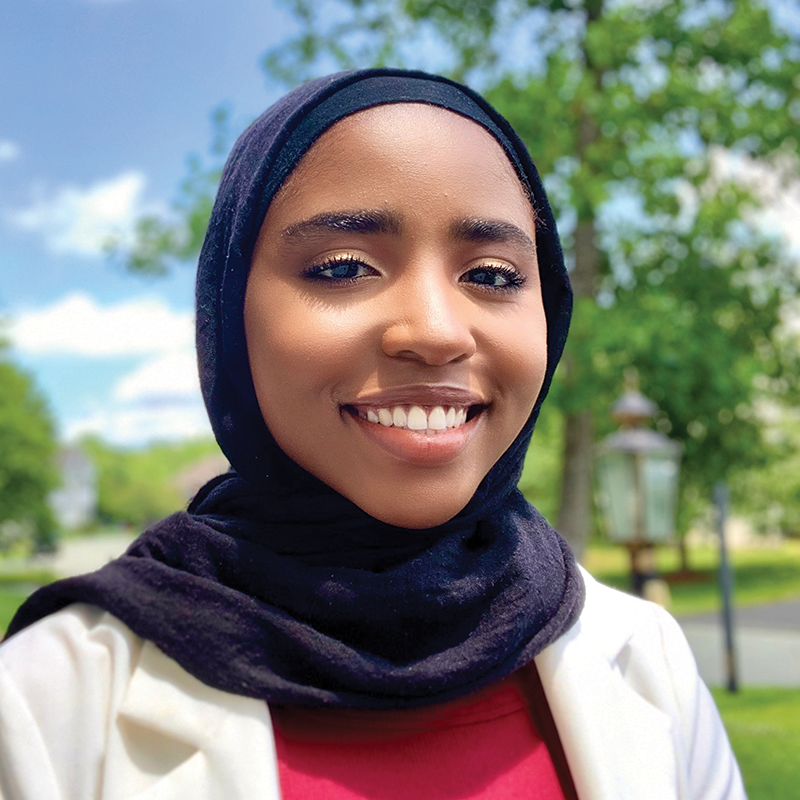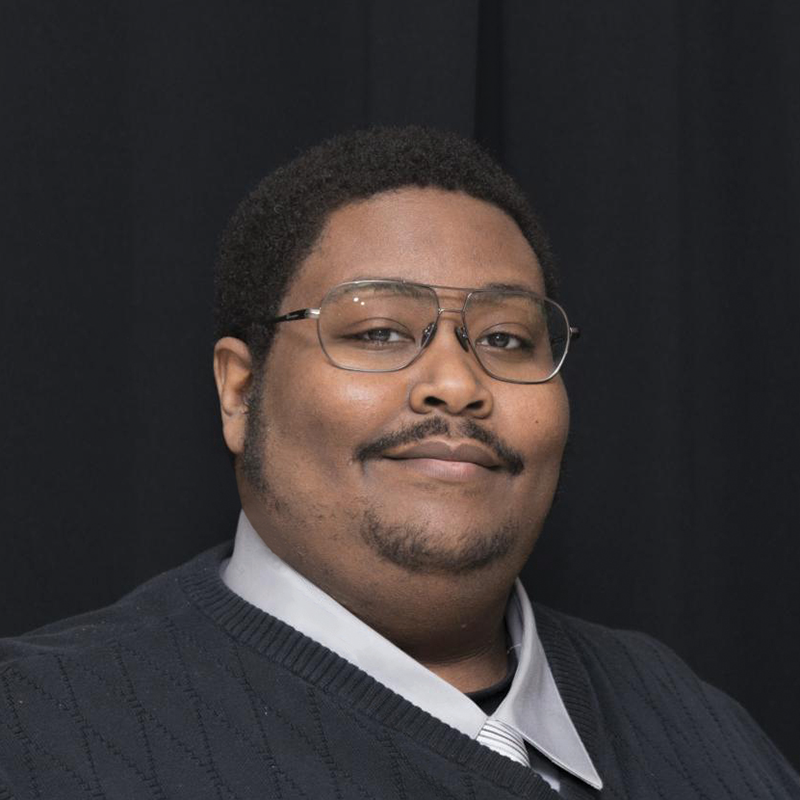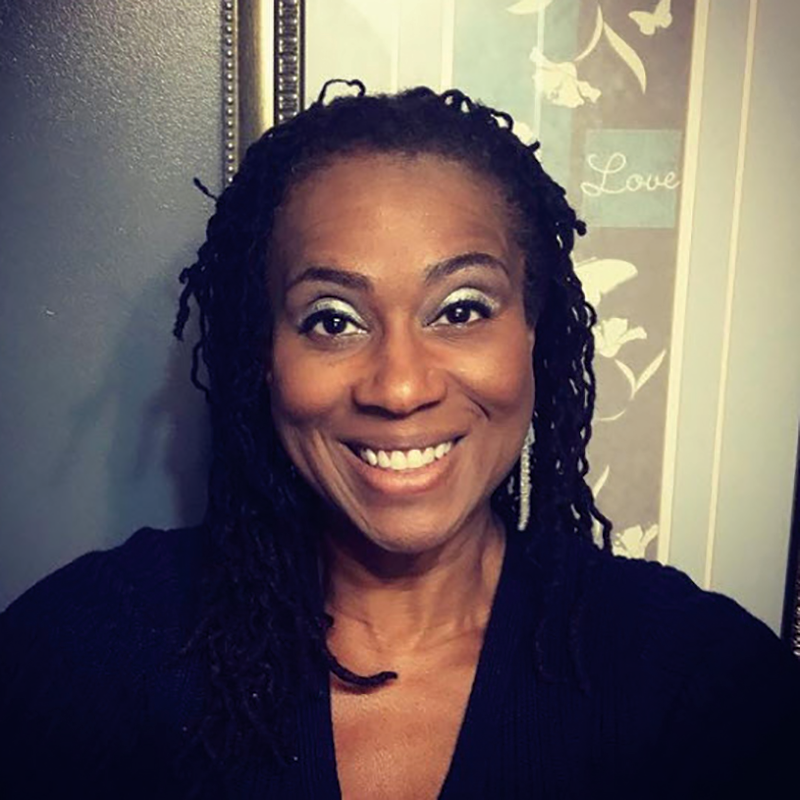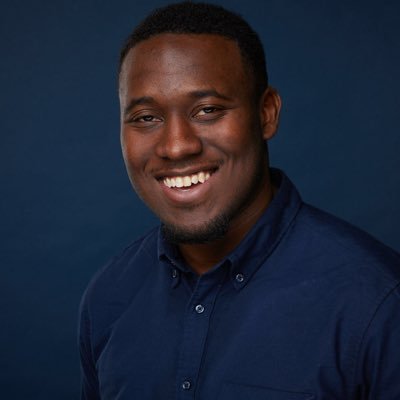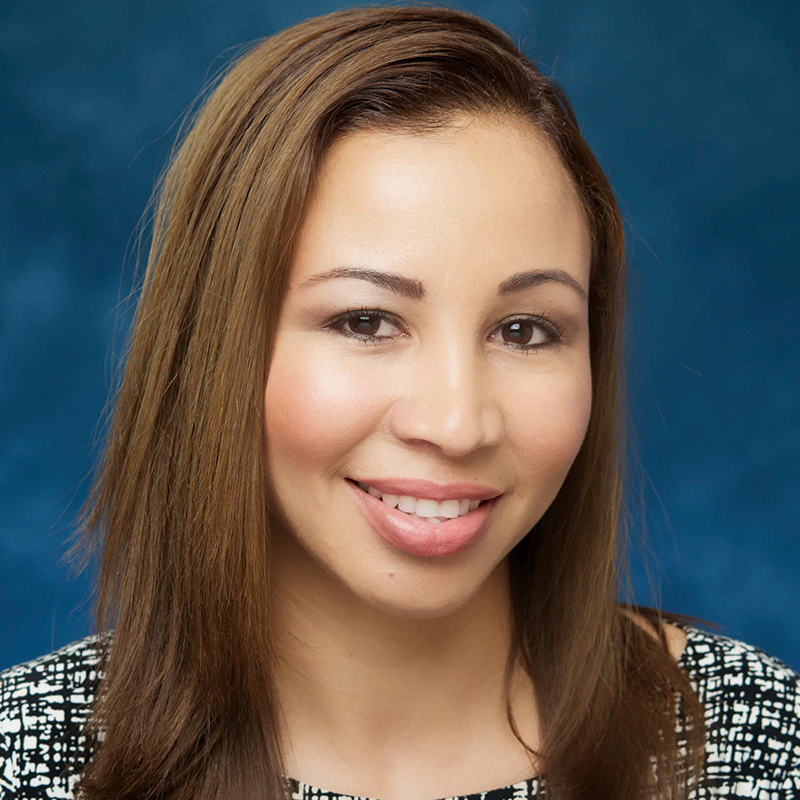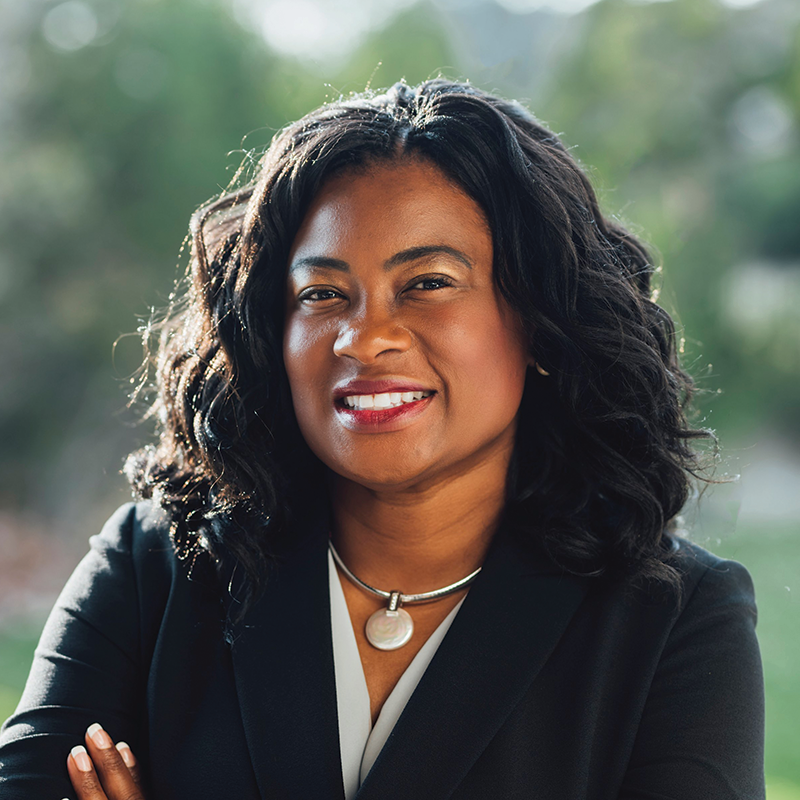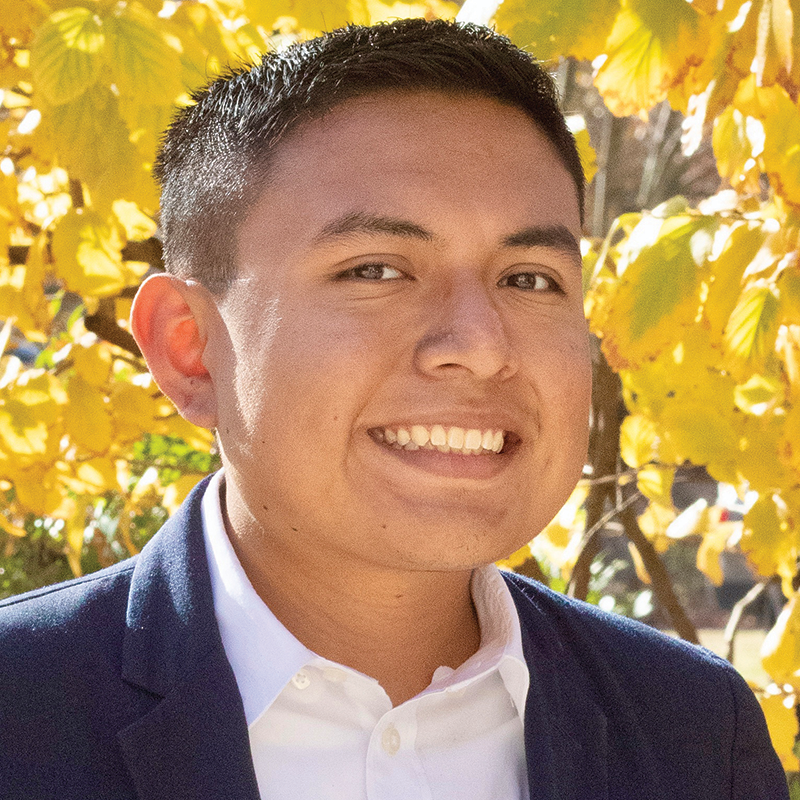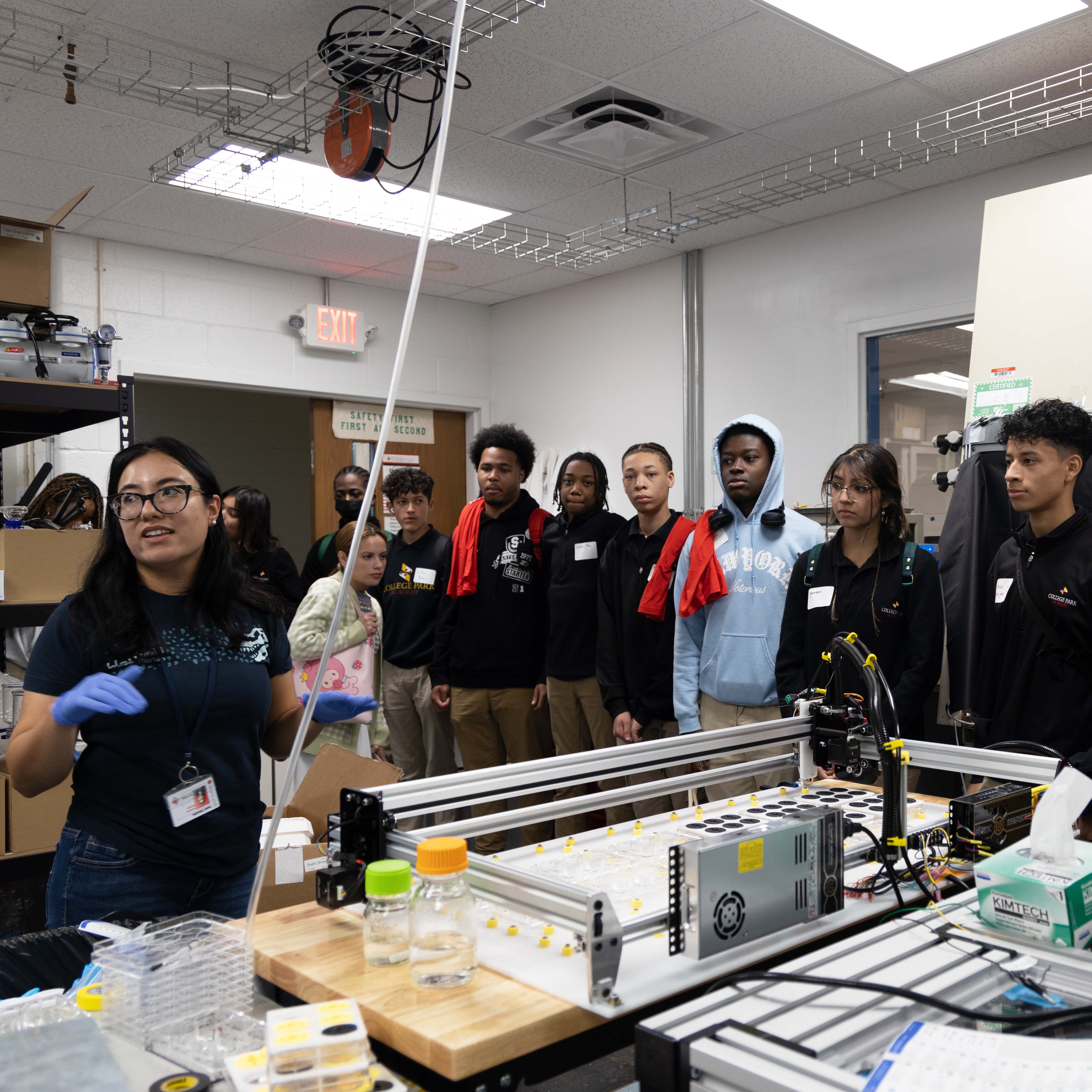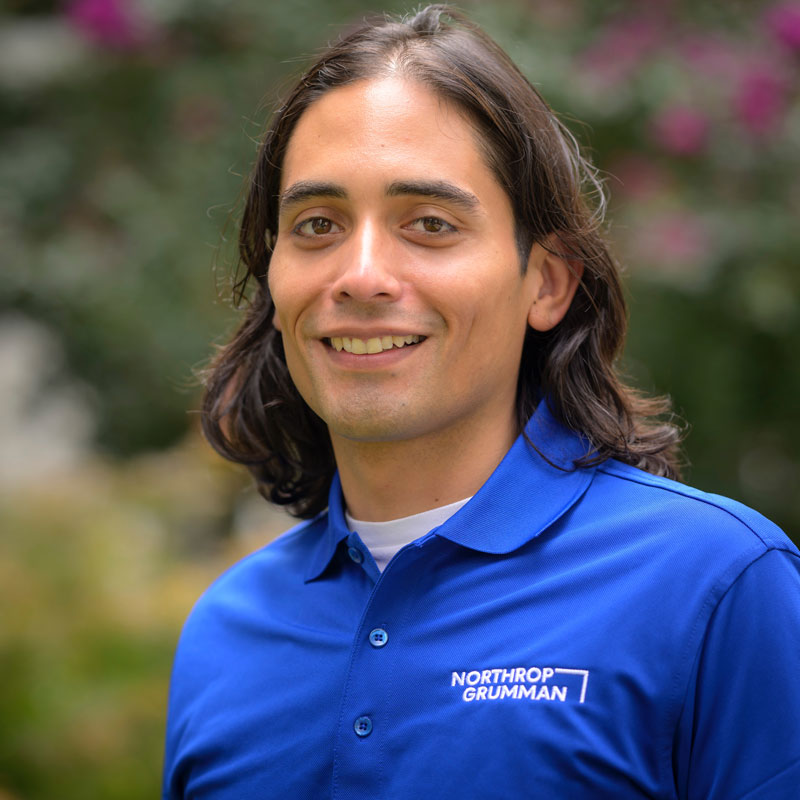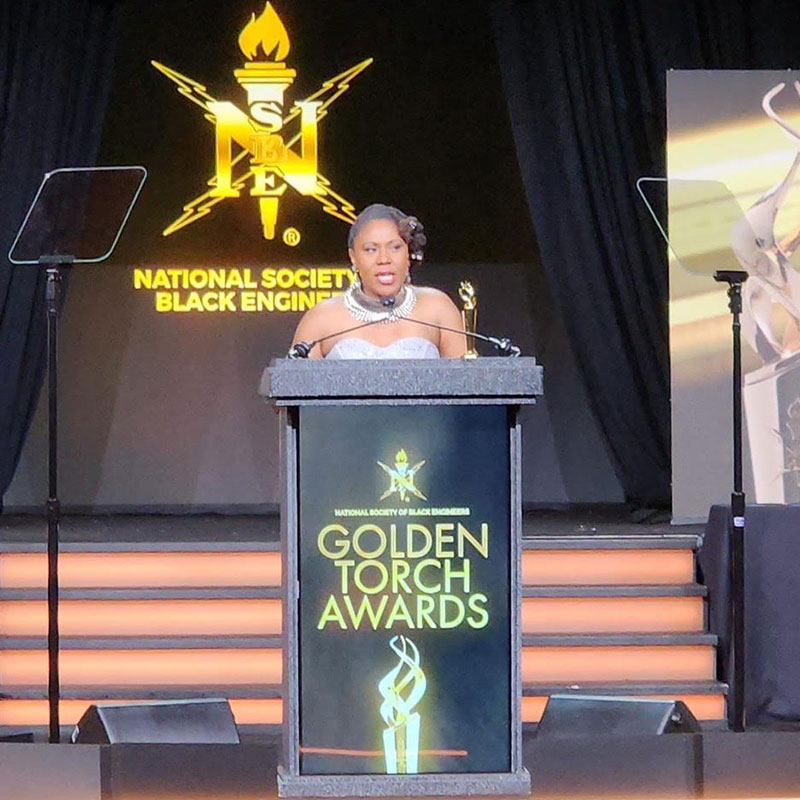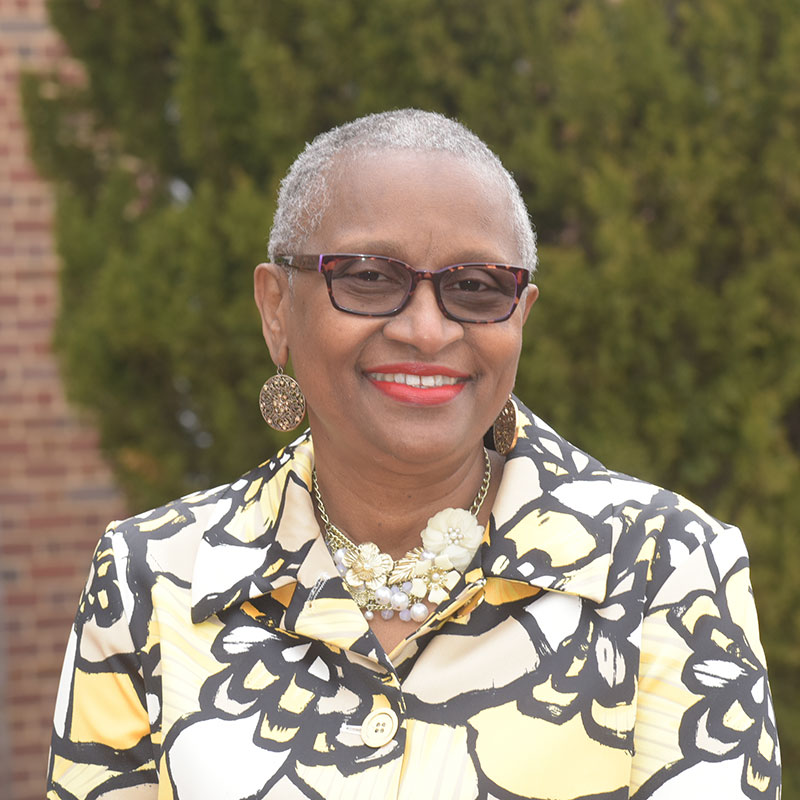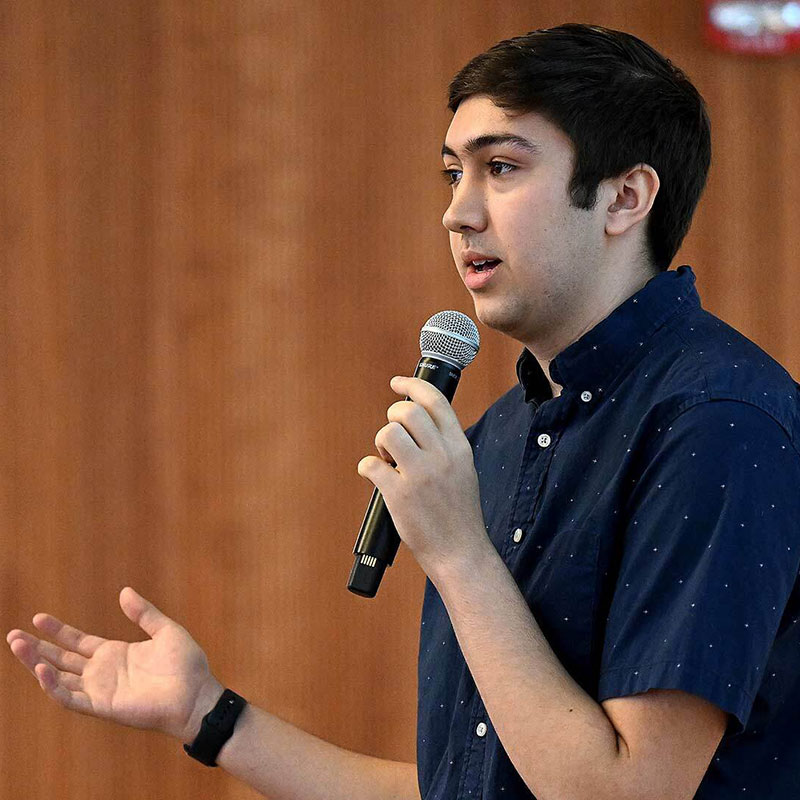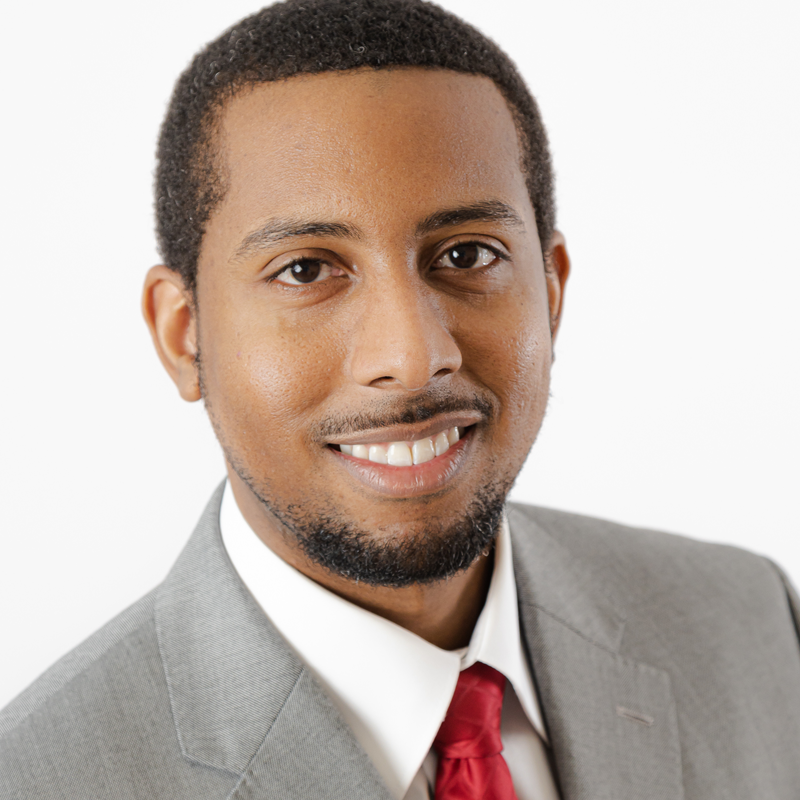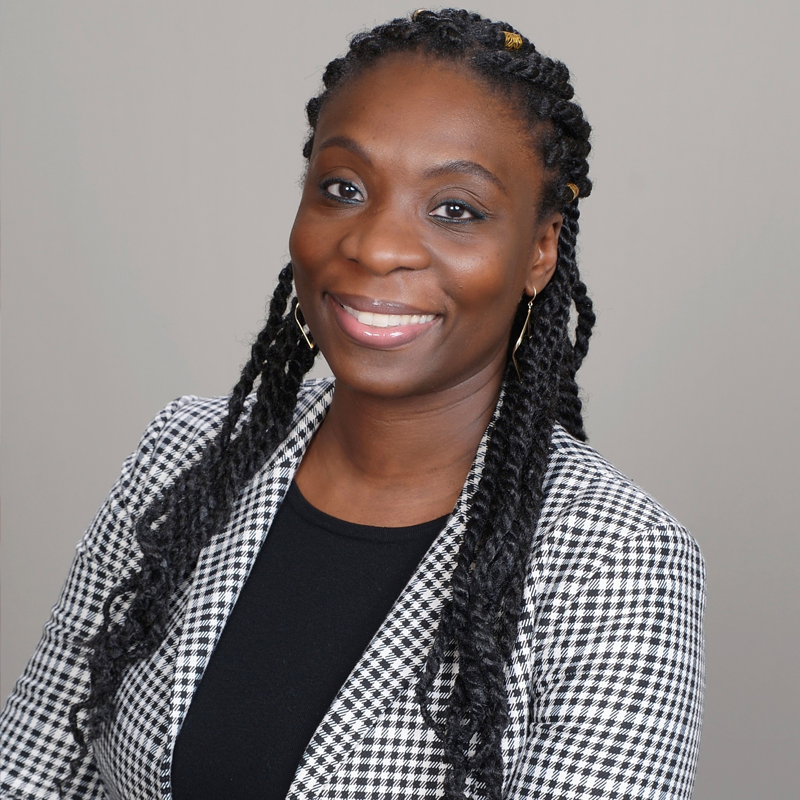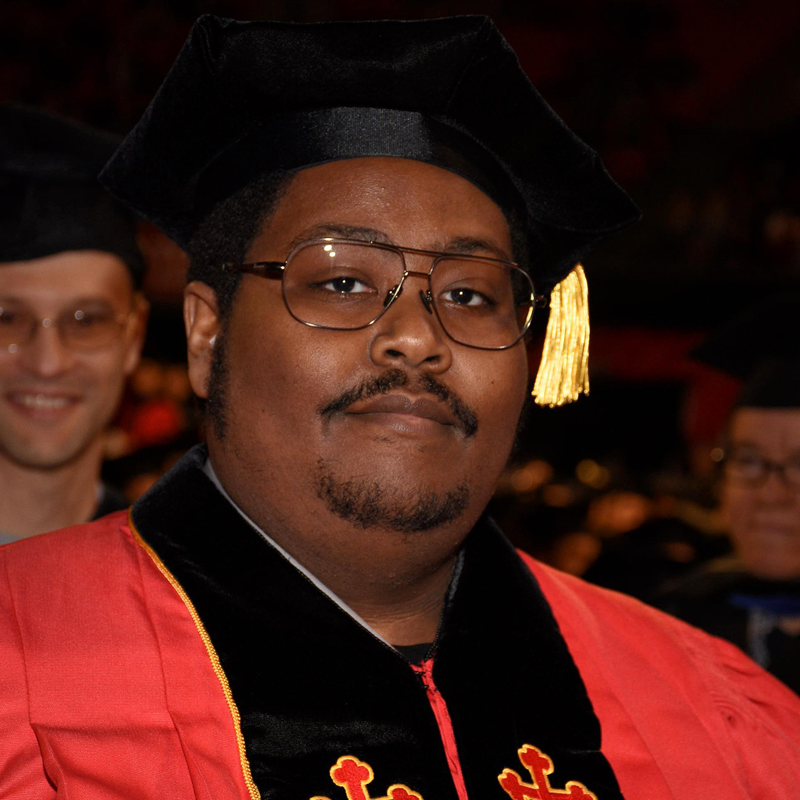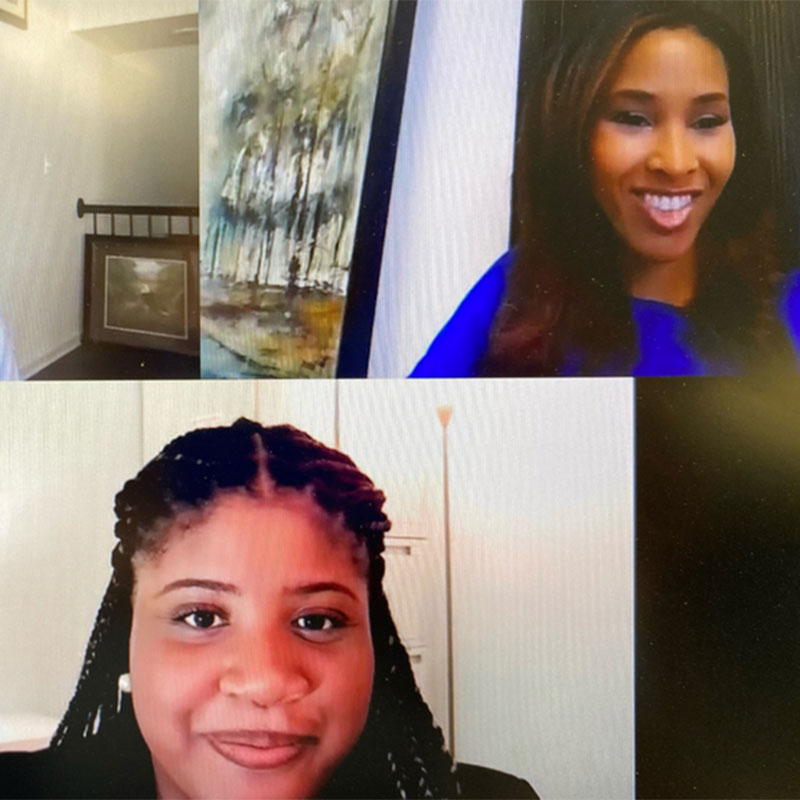Parker boils the center’s mission down to a few words: to advocate for and facilitate student success. “We could name it all kinds of things, but it’s really about helping students to achieve their dreams,” she says. Parker measures achievement of those efforts, in part, by progress made in enrollment, retention, and graduation rates at both the undergraduate and graduate levels.
“In 1981, only 57 underrepresented minority students had earned bachelor’s degrees in engineering from Maryland over the previous 30-year period. Now, we are graduating more than that in a single academic year,” she says. Since CMSE opened its doors, more than 2,500 underrepresented minority students have walked across the commencement stage, averaging 100 students a year over the past decade. In academic year 2019–2020 alone, 72 Black and 80 Latinx students earned bachelor’s degrees from the Clark School.
CMSE’s focus on developing and graduating these students begins long before they step foot on campus; programs for elementary, middle, and high schoolers introduce promising young learners from all backgrounds to engineering and UMD. Since joining the staff in 1990, CMSE Associate Director LaWanda Kamalidiin—an ordained minister who approaches her duty to support young people through the engineering pipeline with near-evangelical zeal—says she’s “loved every minute” of guiding the center’s suite of recruitment programs. They’re so popular with families in the area that it’s not uncommon for two or three siblings to participate in different CMSE programs at one time; parents looking for safe spaces for their kids to develop STEM skills enroll their children and tell others about it.
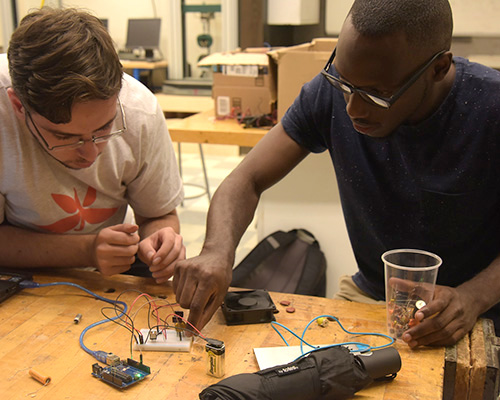
ESTEEM/SER-Quest is an intensive, four-week experience for rising high school seniors. Students team up with a graduate student or faculty member on summer research; they also learn about the admissions and financial aid process, attend lectures provided by faculty and staff, and meet Clark School students through various programs and activities. The program has included students from as far away as Ghana and Turkey.
When José Prado (’19 computer engineering) attended ESTEEM/SER-Quest, he was a student at the Puerto Rico Institute of Robotics, a high school that has partnered with CMSE since 2010. That summer, Prado began developing computer programming skills through research and hands-on projects. His team’s design challenge: build a robot that would detect light and nearby objects. The robot worked, and so did the program: “The experience opened me up to computer engineering and to the Clark School,” says Prado, who attended the Clark School following the experience and remained active with CMSE as an undergraduate.
The center continues nurturing and supporting students through undergraduate and graduate school and culminates with a vibrant alumni community focused on professional development and excellence. In the LSAMP Undergraduate Research Program, students dedicate 10–20 hours a week to research and are supported by a $3,000 stipend made possible through a National Science Foundation (NSF) grant. “Our program offers a suite of graduate school preparation support, including GRE workshops and workshops designed to facilitate the improvement of research skills and professional development,” says CMSE Program Coordinator Chelsey Lamar. “In my summer research programs, I had to seek that out myself!”
The success of efforts like the Undergraduate Research Program depends on faculty participation. Peter Kofinas, chair of the Department of Chemical and Biomolecular Engineering and former Clark School equity and diversity officer, is one of Parker’s go-to professors when she needs a mentor or advisor. Kofinas signed on shortly after he joined the Clark School faculty in 1996 to participate anywhere he’s needed. Over the years, he’s attended events, including the National GEM Consortium Annual Conference and Society of Hispanic Professional Engineers National Convention, to recruit Maryland’s future engineering students; mentored CMSE students from high school to graduate school; and even helped with job and graduate school searches following graduation.
“I really enjoy this whole experience; it’s rewarding to see the students grow, understand research, get a degree, and become successful professionally,” Kofinas says. “Being a mentor to these students is incredibly rewarding, and I’ve learned from them about their experiences and challenges, too.”
Lamar also sees the symbolic value of opportunities such as the Undergraduate Research Program. “I only got into chemistry because a teacher at my predominantly white high school was Black,” she says. “I want to provide that example for other young students of color.”
638
Number of underrepresented minority undergraduates enrolled in Fall 2020, constituting 15% of the Clark School's undergrad student body
20%
Goal for underrepresented minority freshman and undergraduate transfer students enrolled in the Clark School by 2024
2,500+
Number of underrepresented minority students who have walked across the commencement stage since the founding of CMSE
